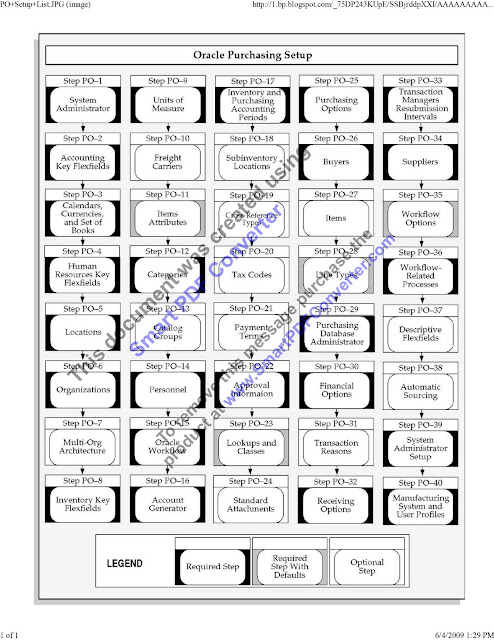DECLARE
l_api_version NUMBER := 1.0;
l_init_msg_list VARCHAR2 (2) := fnd_api.g_true;
l_commit VARCHAR2 (2) := fnd_api.g_false;
x_return_status VARCHAR2 (2);
x_msg_count NUMBER := 0;
x_msg_data VARCHAR2 (255);
l_move_order_type NUMBER := 1;
l_transaction_mode NUMBER := 1;
l_trolin_tbl inv_move_order_pub.trolin_tbl_type;
l_mold_tbl inv_mo_line_detail_util.g_mmtt_tbl_type;
x_mmtt_tbl inv_mo_line_detail_util.g_mmtt_tbl_type;
x_trolin_tbl inv_move_order_pub.trolin_tbl_type;
l_transaction_date DATE := SYSDATE;
l_user_id NUMBER;
l_resp_id NUMBER;
l_appl_id NUMBER;
CURSOR c_mo_details IS
SELECT mtrh.header_id, mtrh.request_number, mtrh.move_order_type,
mtrh.organization_id, mtrl.line_id, mtrl.line_number,
mtrl.inventory_item_id, mtrl.lot_number, mtrl.quantity,
revision, mtrl.from_locator_id,
(SELECT DISTINCT operating_unit
FROM org_organization_definitions
WHERE organization_id = mtrh.organization_id) org_id
FROM mtl_txn_request_headers mtrh, mtl_txn_request_lines mtrl
WHERE mtrh.header_id = mtrl.header_id
AND mtrh.request_number = ‘332557’
AND mtrh.organization_id = 381;
BEGIN
SELECT user_id
INTO l_user_id
FROM fnd_user
WHERE user_name = ‘A42485’;
SELECT responsibility_id, application_id
INTO l_resp_id, l_appl_id
FROM fnd_responsibility_vl
WHERE responsibility_name = ‘Inventory’;
fnd_global.apps_initialize (l_user_id, l_resp_id, l_appl_id);
FOR i IN c_mo_details
LOOP
mo_global.set_policy_context (‘S’, i.org_id);
inv_globals.set_org_id (i.organization_id);
mo_global.init (‘INV’);
l_trolin_tbl (1).line_id := i.line_id;
— call API to create move order header
DBMS_OUTPUT.put_line
(‘=======================================================’);
DBMS_OUTPUT.put_line
(‘Calling INV_Pick_Wave_Pick_Confirm_PUB.Pick_Confirm API’);
inv_pick_wave_pick_confirm_pub.pick_confirm
(p_api_version_number => l_api_version,
p_init_msg_list => l_init_msg_list,
p_commit => l_commit,
x_return_status => x_return_status,
x_msg_count => x_msg_count,
x_msg_data => x_msg_data,
p_move_order_type => i.move_order_type,
p_transaction_mode => l_transaction_mode,
p_trolin_tbl => l_trolin_tbl,
p_mold_tbl => l_mold_tbl,
x_mmtt_tbl => x_mmtt_tbl,
x_trolin_tbl => x_trolin_tbl,
p_transaction_date => l_transaction_date
);
DBMS_OUTPUT.put_line
(‘=======================================================’);
DBMS_OUTPUT.put_line (x_return_status);
DBMS_OUTPUT.put_line (x_msg_data);
DBMS_OUTPUT.put_line (x_msg_count);
IF (x_return_status <> fnd_api.g_ret_sts_success)
THEN
DBMS_OUTPUT.put_line (x_msg_data);
END IF;
DBMS_OUTPUT.put_line
(‘=======================================================’);
END LOOP;
EXCEPTION
WHEN OTHERS
THEN
DBMS_OUTPUT.put_line (‘Exception Occured :’);
DBMS_OUTPUT.put_line (SQLCODE ‘:’ SQLERRM);
DBMS_OUTPUT.put_line
(‘=======================================================’);
END;
DBMS Output:
=======================================================
Calling INV_Pick_Wave_Pick_Confirm_PUB.Pick_Confirm API
=======================================================
S
=======================================================
Verification:
select * from mtl_material_transactions_temp
where transaction_temp_id = 1094230
No Rows Returned
— Link the Move Order with the Material Transcations Table
SELECT
mmt.transaction_id,
mtrl.organization_id,
mtrh.request_number,
mtrh.header_id,
mtrl.line_number,
mtrl.line_id,
mtrl.inventory_item_id,
mtrh.description,
mtrh.move_order_type,
mtrl.line_status,
(select meaning from mfg_lookups
where lookup_type = ‘MTL_TXN_REQUEST_STATUS’
and lookup_code = mtrl.line_status) Line_status_meaning,
mtrl.quantity,
mtrl.quantity_delivered,
mmt.transaction_type_id,
mmt.transaction_date
FROM mtl_txn_request_headers mtrh,
mtl_txn_request_lines mtrl,
mtl_material_transactions mmt
WHERE mtrh.header_id = mtrl.header_id
AND mtrh.organization_id = mtrl.organization_id
AND mtrl.line_id = mmt.move_order_line_id
AND mtrh.request_number = 332557
AND mtrh.organization_id = 381


Recent Comments